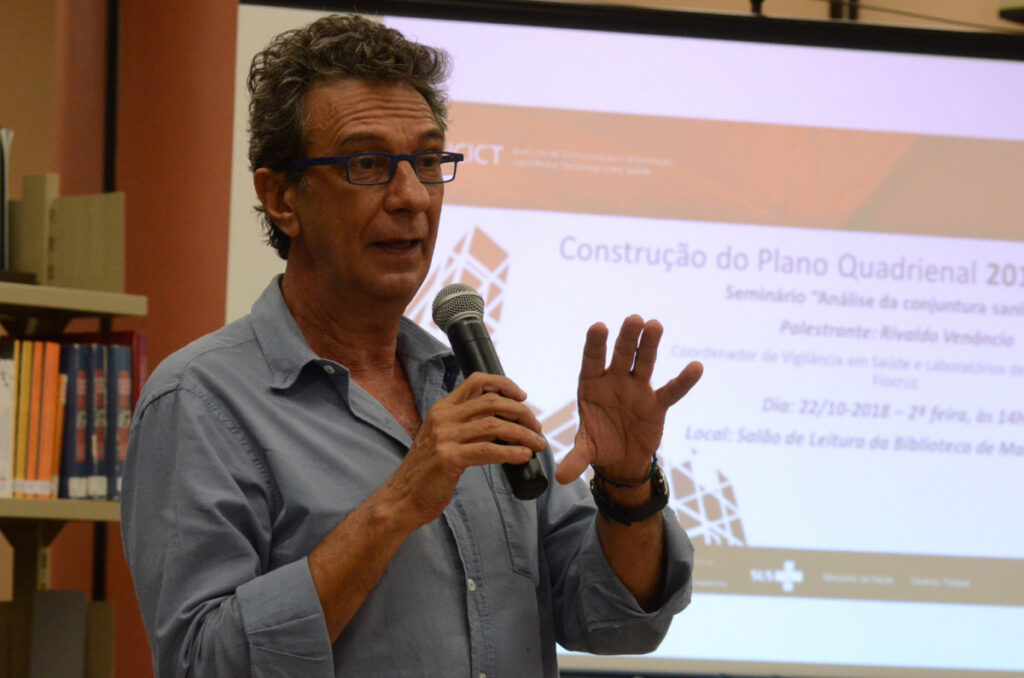
This is our latest article on Covid-19 and its impacts on the favelas. Click here for the original article published in Portuguese, by PH de Noronha on the site of Brazil’s national health institute Fundação Oswaldo Cruz (Fiocruz).
On Aug 26, five months and 22 days after the first patient was confirmed to be infected with Covid-19, the municipality of Rio de Janeiro presents one of the highest case fatality rates not only in Brazil, but in the world: 10.7%. This means that, on average, for every nine patients infected by Covid-19 in the city, one is going to die. For the sake of comparison, Brazil’s case fatality rate is 3.7%, comparable with the global rate of 3.3%. That is, the city of Rio de Janeiro has a rate of infected people who die that is almost three times the Brazilian and world averages.
The case fatality rate represents the proportion of infected people who become deceased—that is, patients who die victim to Covid-19, in relation to total number of infected people. It is an important instrument for the monitoring and studying of epidemics. According to public health expert Christovam Barcellos, vice-director of the Institute of Scientific and Technological Communication and Information in Health (ICICT), part of Fiocruz, a very high rate is a strong indicator of two possible scenarios: the underreporting of cases is very high and/or the health system could be failing to manage all of the serious cases.
“This Rio rate is much higher than an acceptable value. It could be fruit of the sum of two factors: underreporting, together with the growing precariousness of the public health system. Underreporting is high in several states, and Rio de Janeiro is no different. We know of various cases of people who were afraid to go to the health system and so were not counted in the official statistics. And Rio has not been testing, testing is not part of the city’s health policy. On the other hand, we see in the news an attempt to disassemble the city health system over the last two years, and this has certainly affected primary care and health surveillance,” he explains.
According to data available in ICICT’s Covid-19 monitoring system (MonitoraCovid-19), Rio de Janeiro is the Brazilian state capital with the highest case fatality rate. Comparing the numbers after 150 days of the epidemic in all state capitals and the federal capital of Brasília, we see that Rio de Janeiro has a rate of 11.6%, much higher than the average case fatality rates in other state capitals, which are around 4%. Only three state capitals had case fatality rates higher than 7% on the 150th day of the epidemic: Fortaleza (8.4%), Recife (7.7%), and Belém (7.2%). All around the world, the case fatality rate tended to decrease over the course of the pandemic, both due to the increase in testing capacity and due to the perfection of treatment methods for severely ill patients.
High Case Fatality Not Only in the Capital
In comparison with other Brazilian states (also on the 150th day of the epidemic), we see that the case fatality rate in the city of Rio is much higher than the national average. With the exception of the states of Rio de Janeiro (7.8%) and Pernambuco (6.6%), case fatality in the other states is below 5%—that is, less than half of the city of Rio de Janeiro’s figures. In the state of São Paulo, for example, the case fatality rate was 4.5% on the 150th day of the epidemic.
In the state of Rio de Janeiro, the high rate of 7.8% is not only due to the city of Rio de Janeiro, but also due to other important municipalities [mostly in the Rio de Janeiro Metropolitan Region] in the state with very high case fatality numbers, even higher than the capital—São João de Meriti (13.7%), Mesquita (13.6%), Nilópolis (13.5%), Petrópolis (11.5%), Nova Iguaçu (10.5%), Belford Roxo (9.5%) and Duque de Caxias (9.1%).
In the case of the cities in the state of Rio de Janeiro, the rate used for comparison is the one registered on the 130th day, because some of these cities had still not arrived at their 150th day of the epidemic. On the 130th day, the city of Rio de Janeiro had a case fatality rate of 11.4%.
Another comparison, using as a parameter the twenty countries with the highest rates of Covid-19, shows that the municipality of Rio has a rate that is very high on an international level. Only three nations—France (15.4%), Italy (14.5%) and the United Kingdom (14.2%)—present case fatality rates higher than that of Rio on the 150th day of the pandemic. Rio’s rate is a little higher than Spain’s (11.4%), which is still under strong pressure from the pandemic, and is more than double the case fatality rates of countries such as the U.S. (5.4%), Iran (5.1%), Germany (4.6%) and India (3.0%).
The case fatality rate in the city of Rio de Janeiro reached its peak on May 19, two and a half months into the epidemic, when it reached 14.7%. From then to now, there was a sharp drop registered on May 22, to 12.5%. Only on June 16 did it fall below 12%. After that, it remained between the margins of 11% and 12%, and on August 15, it fell a little, moving to oscillate a little below 11%.

